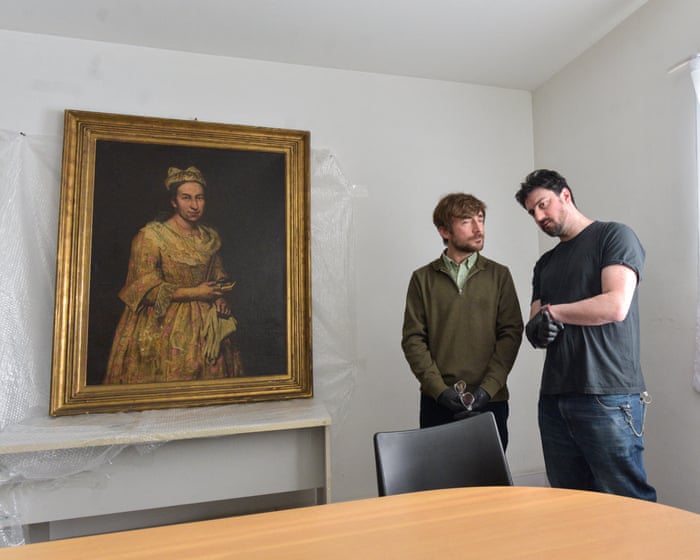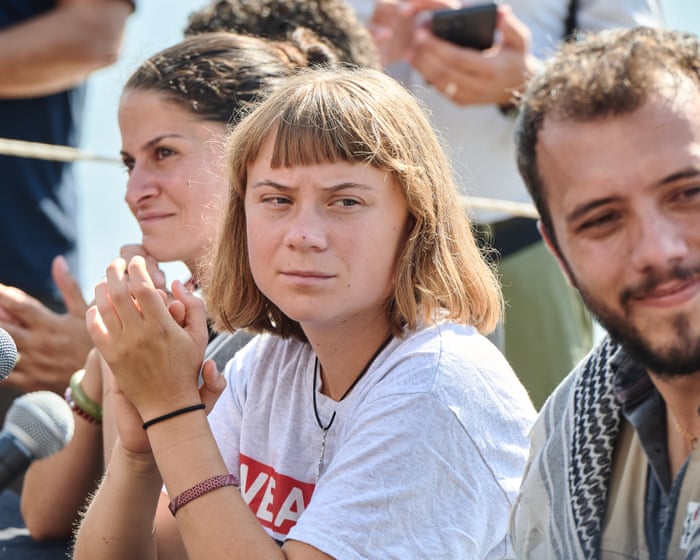On a quiet, tree-lined street in Mar del Plata, Argentina’s most famous seaside town, stood a modest stone villa. Its residents, a middle-aged couple, seemed unremarkable at first glance. Patricia Kadgien, 59, originally from Buenos Aires, described herself online as a yoga teacher and practitioner of biodecoding—an alternative therapy that claims to heal illness by addressing past emotional trauma. Her husband, Juan Carlos Cortegoso, 61, built and raced go-karts. Like many in their neighborhood, they lived comfortably and kept to themselves. Neighbors described Patricia as kind, well-educated, and pleasant.
Last month, they decided to sell their home. A local real estate agent photographed the spacious, elegantly furnished interior for the listing. But the fifth picture—showing the living room—would upend their quiet life. Hanging on the wall was a distinctive oil painting of a woman.
More than 11,000 kilometers away, Dutch journalists had been investigating the fate of artworks looted by the Nazis, many still missing since World War II. They had tried for years to contact Patricia and her sister, daughters of a high-ranking Nazi official who settled in Argentina after the war, but received no response.
Then, a Dutch reporter in Buenos Aires noticed the “for sale” sign outside the villa. When he and his colleagues saw the online listing, they recognized the painting instantly: an 18th-century portrait by Italian artist Giuseppe Ghislandi, missing for 80 years.
The discovery made global headlines. Patricia and her husband were charged with aggravated concealment for allegedly hiding the artwork. A prosecutor argued that the crime was linked to genocide, describing the theft as part of a systematic Nazi plan to plunder cultural treasures. The couple was placed under travel restrictions and home confinement.
Prosecutors also accused them of obstructing the investigation by removing the listing and replacing the painting with a tapestry after media reports surfaced. They allegedly tried to claim legal ownership through a civil suit, only turning over the painting once under house arrest and facing further police action.
Through their lawyer, the couple has denied the charges, insisting they were always willing to return the painting and that their legal action was meant to clarify ownership, not to obstruct justice.
Frequently Asked Questions
Of course Here is a list of FAQs about the discovery of a Nazilooted portrait in Argentina designed to be clear and helpful for anyone interested in the topic
General Beginner Questions
Q What exactly was found in Argentina
A An 18thcentury portrait by the German artist Franz Xaver Winterhalter which was stolen by the Nazis from a Jewish family in the 1930s
Q Who painted the portrait
A A famous German court painter named Franz Xaver Winterhalter who was known for his portraits of European royalty
Q Who did the painting originally belong to
A It belonged to a wealthy Jewish French family the Rothschilds before it was confiscated by the Nazi regime
Q How did it end up in Argentina
A Its believed the painting was smuggled out of Europe after World War II likely by highranking Nazis who fled to South America to escape prosecution
Q How was the painting discovered
A It was found in 2017 during a police raid on an art collectors home in a suburb of Buenos Aires hidden in a secret passage behind a bookshelf
Advanced Detailed Questions
Q How did authorities know it was the stolen original and not a copy
A Art experts from Interpol and Argentinas cultural heritage division authenticated it They compared it to historical records and photographs and confirmed it was the exact painting listed in databases of looted art
Q What condition was the painting in after 80 years
A Surprisingly it was in very good condition It had a minor scratch but was otherwise wellpreserved likely because it was kept hidden and away from light
Q What happened to the painting after it was seized
A After being authenticated it was formally returned to its rightful heirsthe descendants of the original Rothschild family owners
Q Why is the discovery of this particular painting so significant
A Its a highprofile example of Nazilooted art being recovered after decades giving hope that other stolen works can still be found and returned to the families they were taken from
Q What legal process is involved in returning art like this
A It involves international cooperation between law enforcement art experts and government agencies to prove provenance




